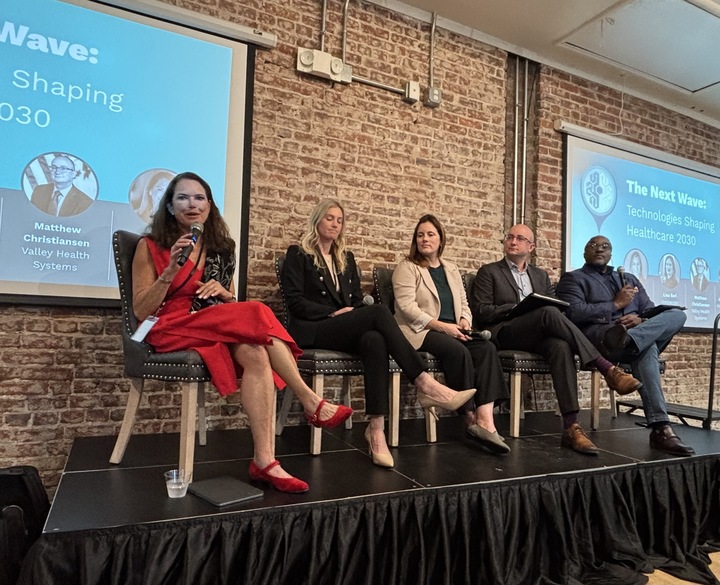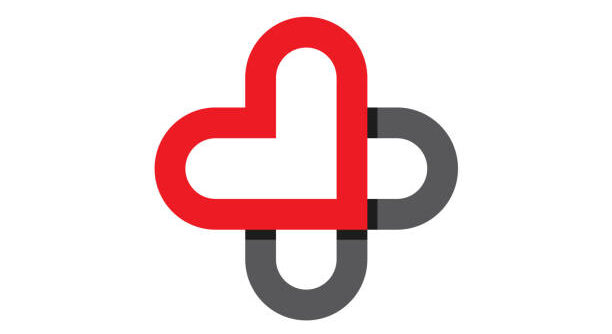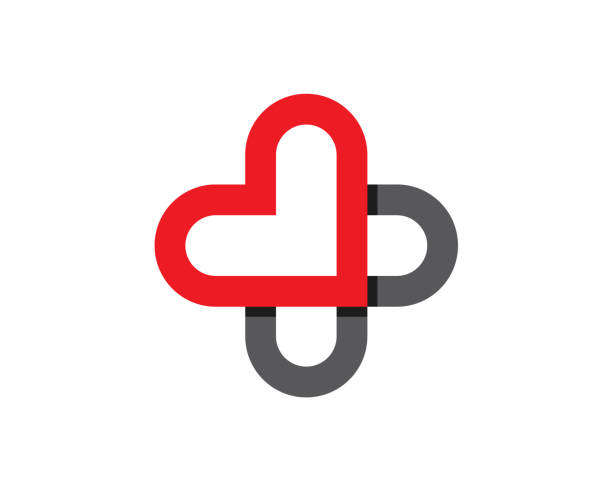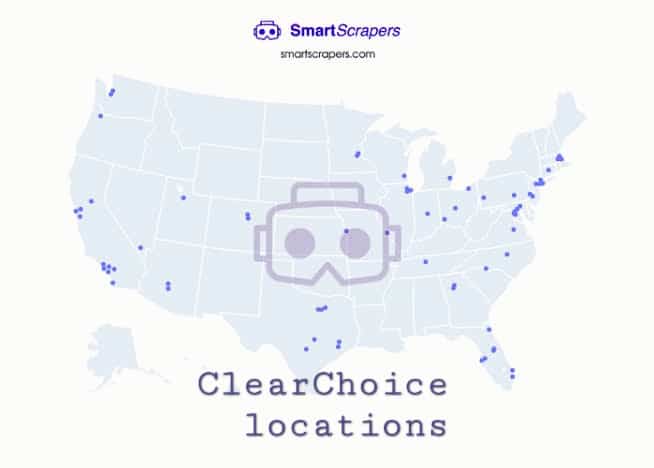
From real-time data tracking to tapping into existing patient records, healthcare experts see a future where technology can both improve outcomes and reduce costs — but some challenges remain.
During a session last week at the Digital Medicine Society’s Healthcare 2030 Summit in Washington, D.C., a panel of four healthcare experts shared the technologies they’re most excited about, as well as what still gives them pause.
Continuous data monitoring, uncharted territory
Amy Abernethy, co-founder of Highlander Health, highlighted upcoming innovations like implantable chips with strong battery lives that can continuously track more than 130 metabolites in real time — tools she described as similar to continuous glucose monitors but more advanced. She said she sees a future full of potential for continuous, longitudinal data streams combined with other sensor inputs.
Abernethy also cautioned that healthcare isn’t yet prepared to interpret this flood of data, noting that current evidence frameworks are outdated — leaving clinicians uncertain about how to act on these new metrics.
Turning existing health data into value
Matthew Christiansen, vice president of health affairs and chief medical officer at Valley Health System, is excited about AI tools that make clinical work more efficient by finally using the massive amounts of health data already collected.
“I think about our EMRs, which slow us down and cost us a whole lot of money. They’re very inefficient. They’re the most expensive buttons in the whole office, and we don’t do anything with all that data. We should be using AI to help us understand what we already have — and understand what to do with what we have,” he stated.
Christiansen believes AI can help flag important information, such as missing screening records, as well as reduce clinicians’ administrative load.
Cutting costs with smarter tech
Lisa Bari, head of policy and external affairs at Innovaccer, said she is most hopeful about tools that help connect data and make it more usable at the point of care.
She warned against adopting new tools that add costs without improving outcomes. For her, the priority should be technologies that can reduce the underlying costs of care.
“Right at this point in time, healthcare is so expensive that when we simply add technology as something shiny and new, we risk dramatically increasing the cost of care further. One of the things that I’m really hopeful for and working toward — it’s not easy and we haven’t solved it — is finding ways to dramatically reduce that cost basis with advanced technology,” Bari remarked.
Where wearables meet AI
Annie Tilton, director of clinical outcomes research at Oura, is watching the convergence of wearables and AI.
She pointed out that wearables can shift healthcare from reactive treatment to preventive care, and they engage patients outside the clinic.
“On the AI side, we’re moving from predictive models to multimodal agentic systems that can support patients and providers in between visits, providing more information to make care-based decisions and building a more continuous system, as well as delivering more personalized medicine while maintaining privacy,” Tilton said.
She also noted that there is a “clear consensus” that AI tools can only have an impact in healthcare if they are accessible, trusted and practical.






